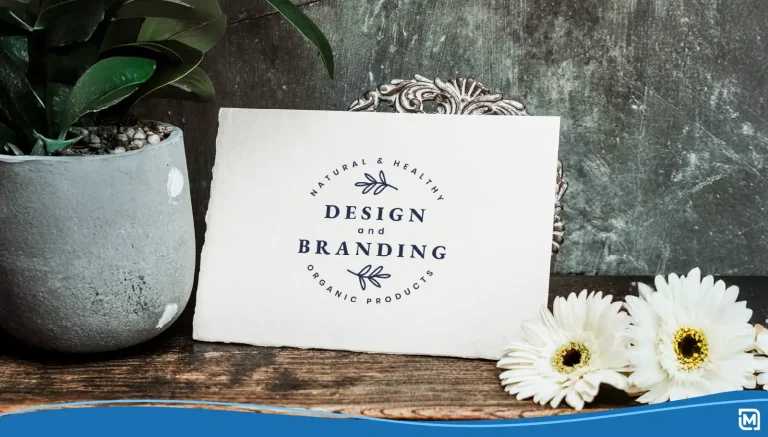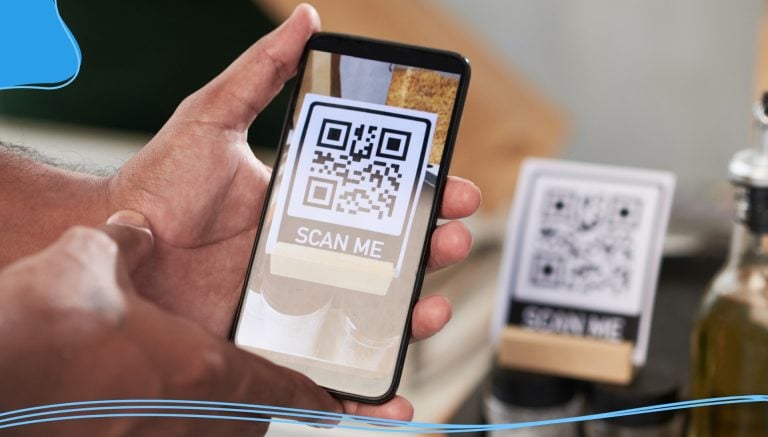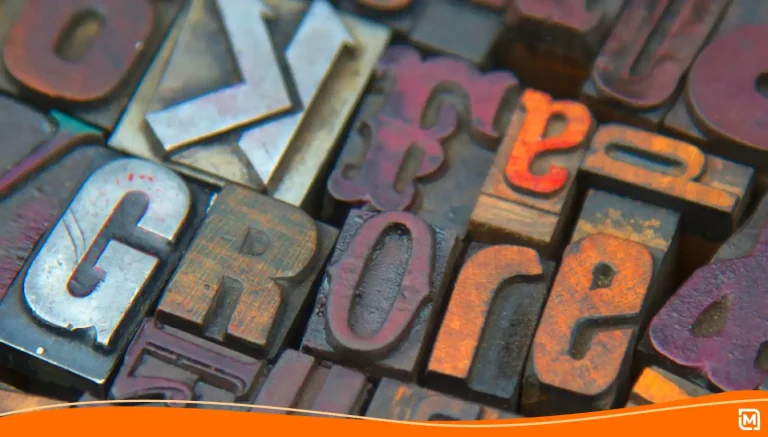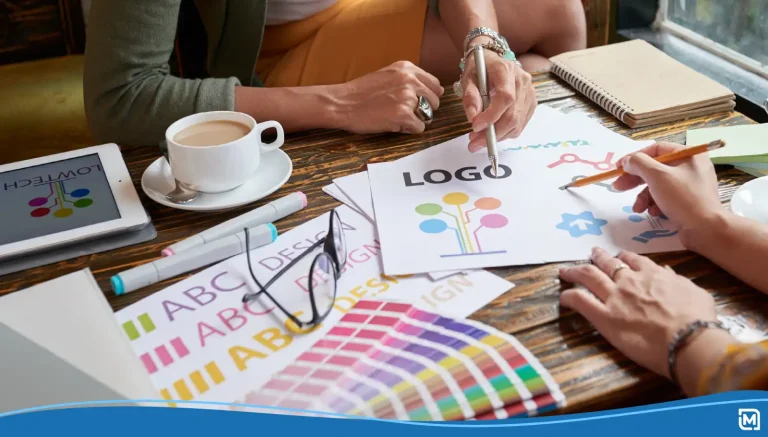This past week, we came across an article written by a graphic designer who asked, “Does your logo convert?” The idea is that a well-designed logo, designed by her company, will convert non-customers into regular buyers.
She’s not alone in this kind of thinking. We’ve seen other articles where an expert argues that your logo is “a visual cue that tells a story of the brand’s culture, behavior, and values.”
The thing about these kinds of claims is, they’re just not true.
Yes, your logo is a visual cue.
No your logo can’t tell a story.
At least not without a lot of marketing support.
Don’t believe us? Check out this logo for Hexteria. What story does it tell?

Is it a story about cancer research and providing cures for patients who can’t afford them? Is it the story of a brand that provides a safe place for witches and druids to meet? Is it an app that helps with speed reading?
What does this logo sell? Is it a wart-remover? Investment products? A video game?
You don’t know because you’ve never seen this logo before. And not only do you not know its story, you don’t know the product, where it’s made, or anything else about it.
It can’t sell or convert because there’s no context.
And it won’t have a context until a customer can connect it to some kind of experience. A visit to the Hexteria store where you can sample their products. Or a doctor’s prescription for Hexteria that cures your head ache. Or an advertisement on TV that shows you the sports fans who drink Hexteria.
Logos aren’t sales people. And they’re not advertisements.
Let’s look at the problem from the other side. Often companies update their logos and change the elements of their visual branding in order to change or improve their story. Wal-mart tried this in 2005.
They wanted to shed the old logo which represented a store that sells inexpensive products to people without much money. It stood for cheap. The new logo would represent a store where smart people would save money buying premium products. They wanted a brand that stood for value, like Target.
So they tossed out the old logo and spent hundreds of thousands of dollars on a new one:
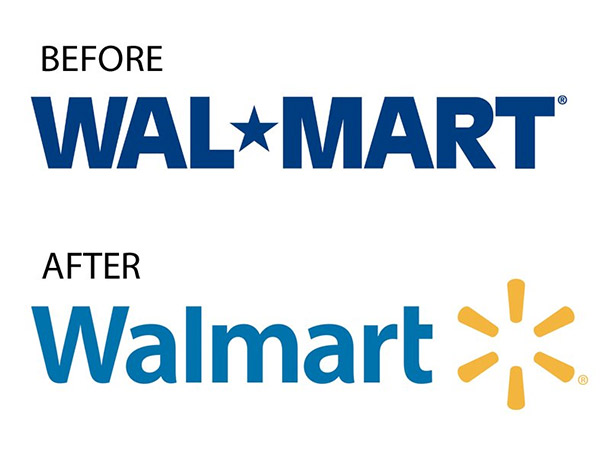
So how did the new logo affect the brand?
Well it didn’t suddenly attract more upscale buyers or sell more products. It didn’t change the news stories about employees with low-pay and no benefits. And Walmart’s stock price dropped almost 20% over the next two years. More importantly, did your impression of Walmart change when the logo changed? Is it more positive than it was ten years ago (before the supposedly friendlier logo)?
Of course not, because Walmart’s story isn’t in the logo. It’s in the store experience.
If logos could tell a story, then this redesign would have worked wonders. The new logo was supposed to be a metaphor for “shoppers being smart for taking advantage of affordable, quality products.” But the Walmart experience didn’t change.
The new logo came to represent the same story that the old logo used to “tell”.
Your logo represents a customer’s total experience with your brand. Not just the colors on the sign, but the way a customer is greeted, the price they pay, the cleanliness of your store or office, the quality of your product, the look of the menu or business cards, the way you answer the phones, and virtually every other thing you do in your business.
That’s what a logo does… and it can’t do it until after the customer has experienced the rest of your brand.
There are a lot of things a great logo design can do. It can look professional. It can be a visual trigger to help customers remember your product. And it may even be able to change behavior (in some cases). But logos don’t sell. They don’t convert potential customers into buyers. And they don’t tell stories.
Note: the Hexteria logo above was created in about five minutes with a made-up name and our easy-to-use logo maker application. It is not a real company or product. Want to try creating a logo yourself? Click here.
